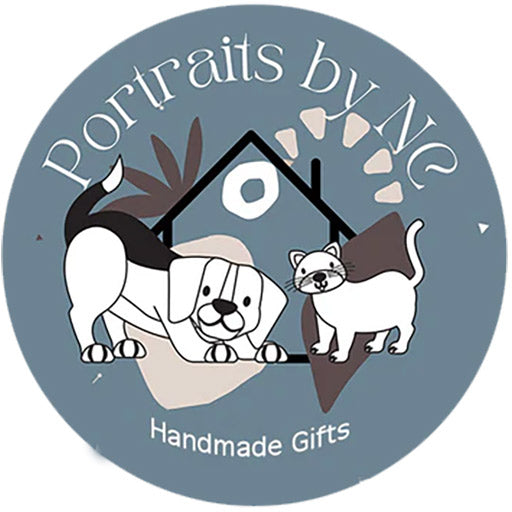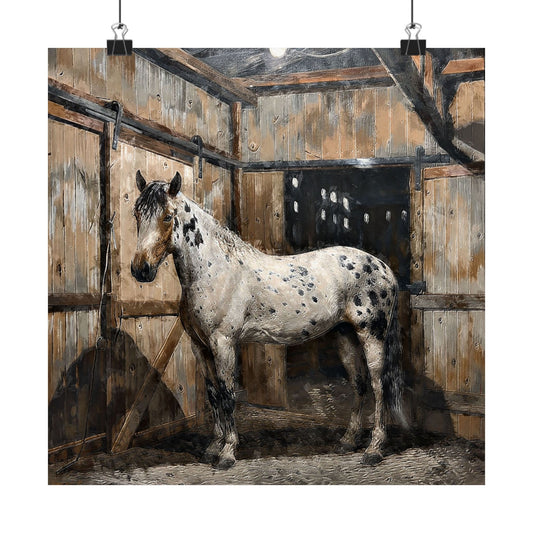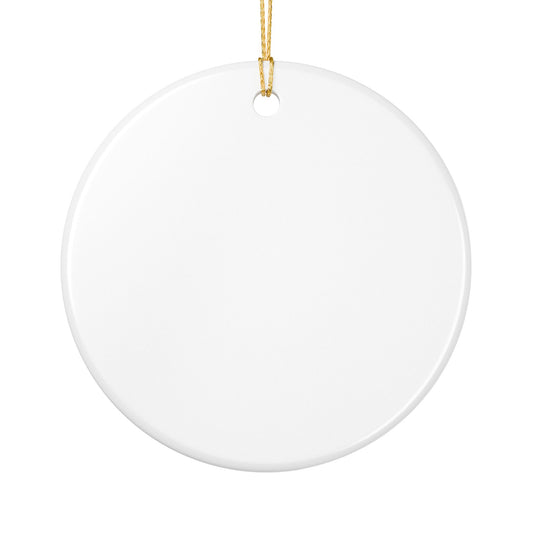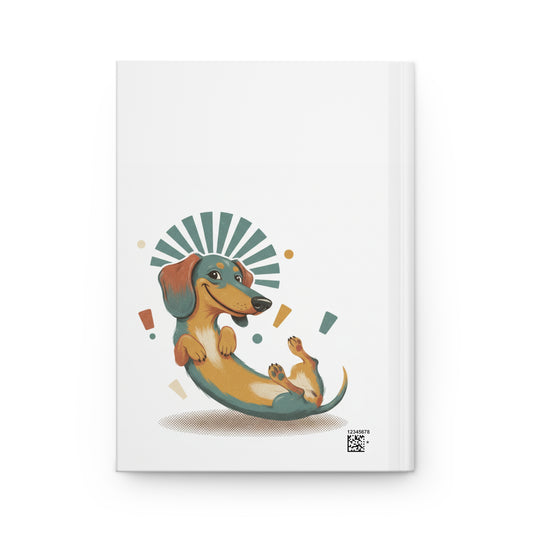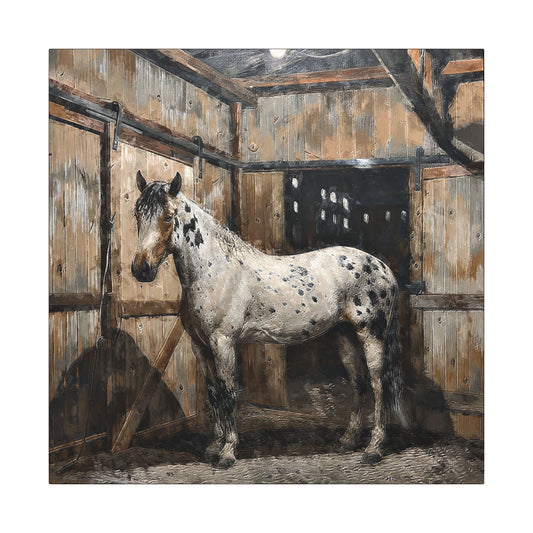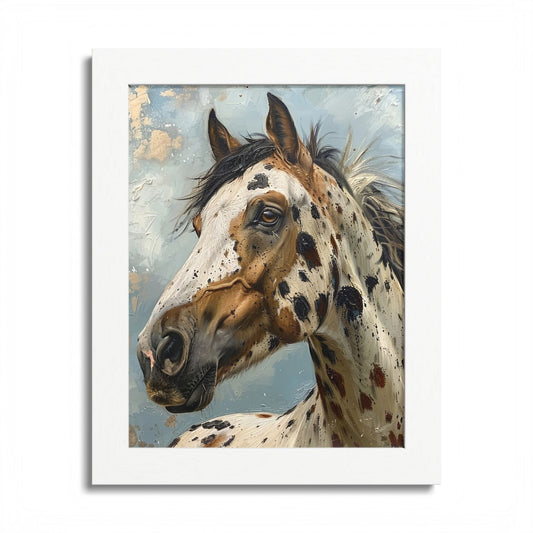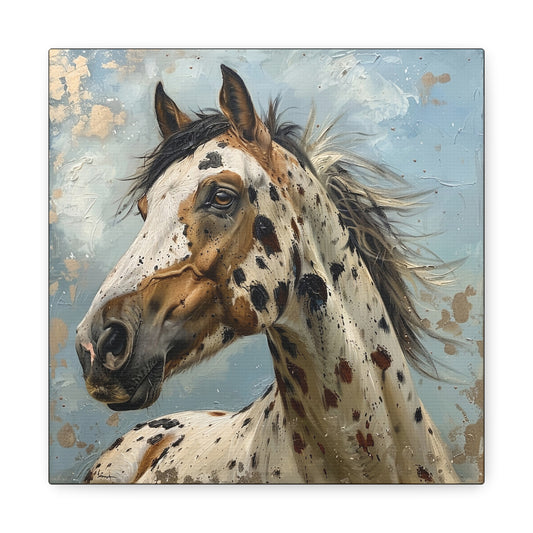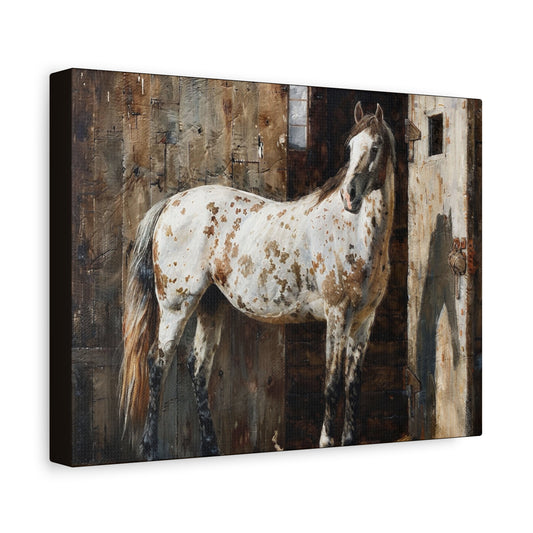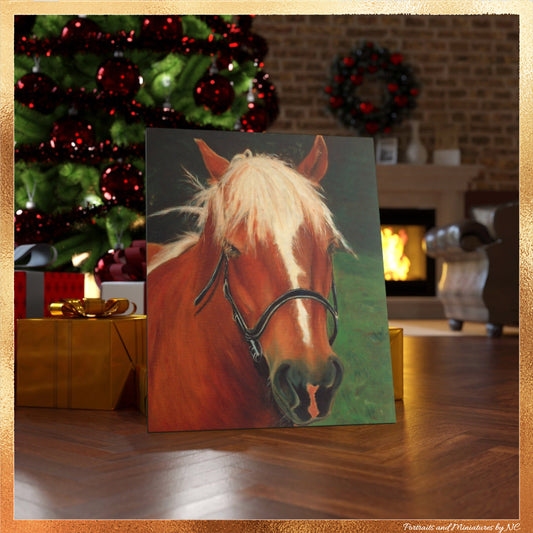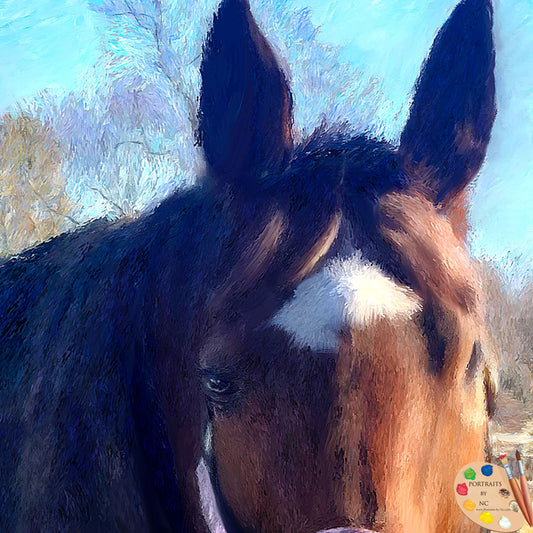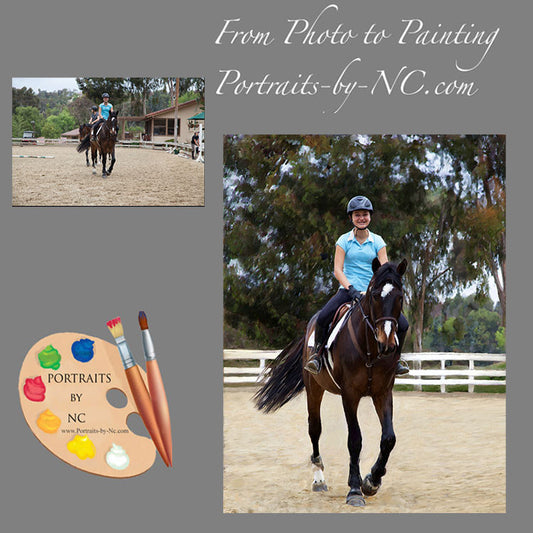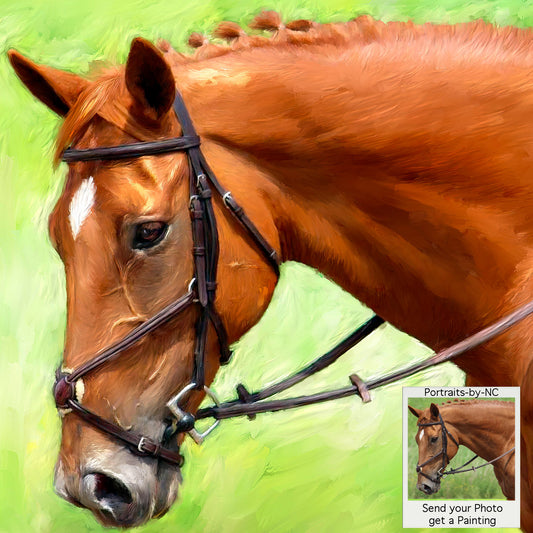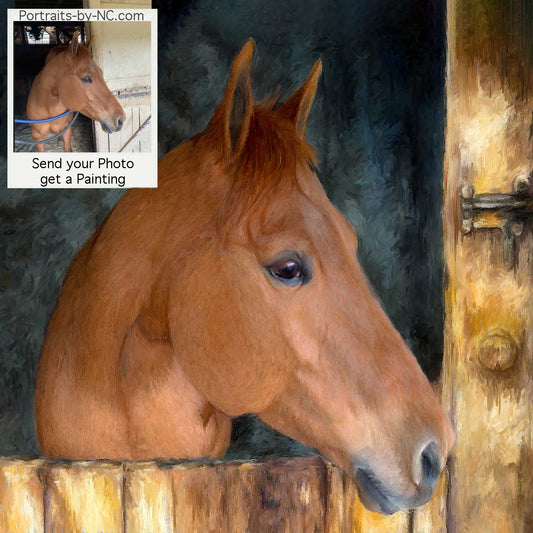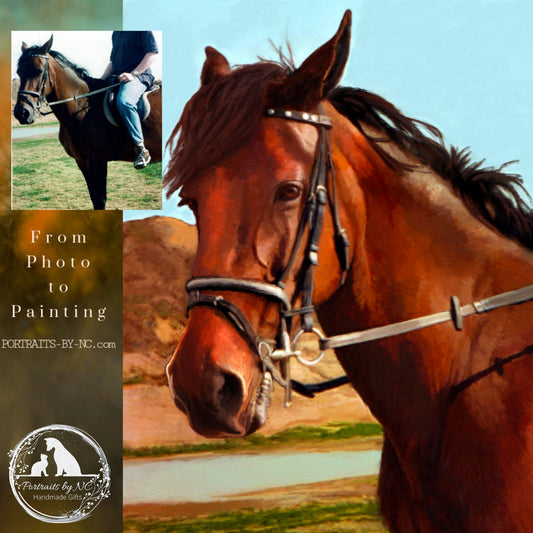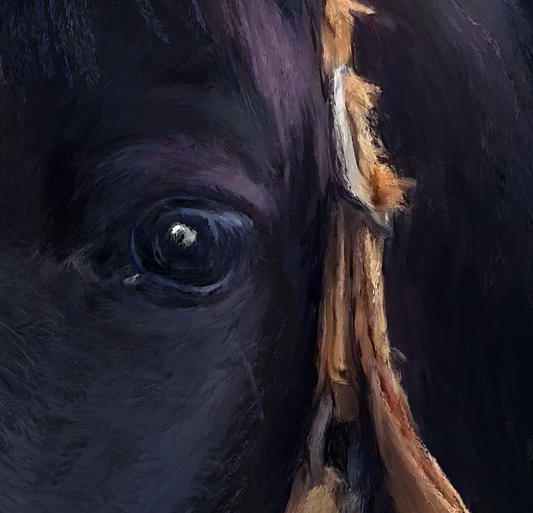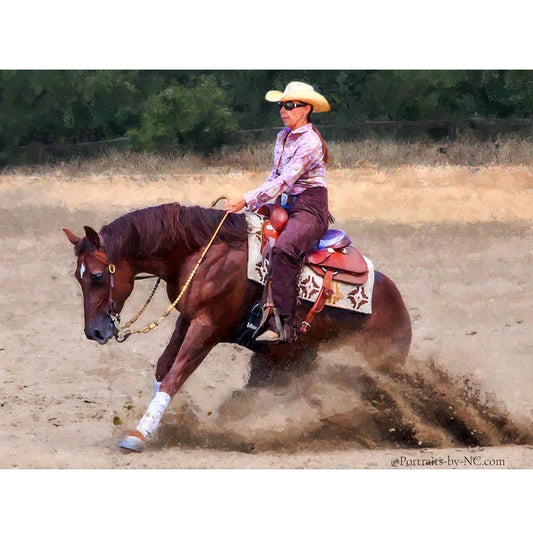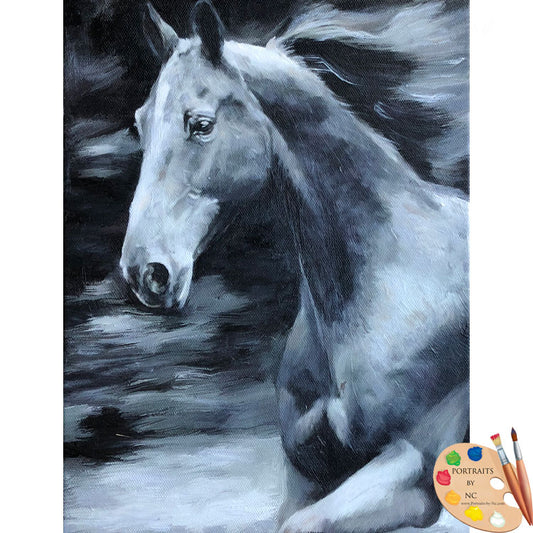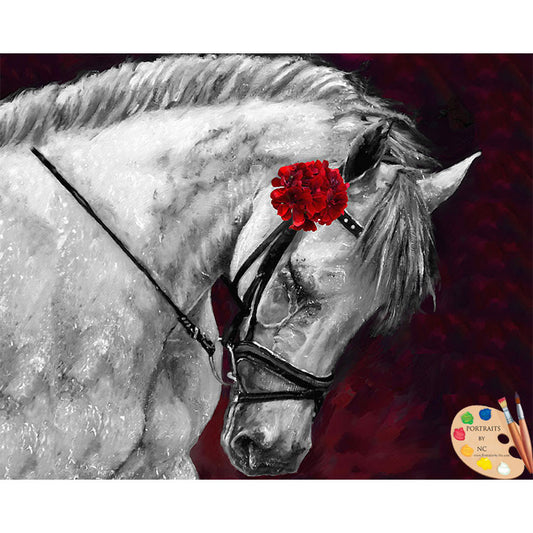How to control garden bugs organically
Share

Wenxuan is sponsoring today’s post, but as always, all thoughts and opinions are my own. Thanks for continuing to support brands that support me!
Every gardener knows that it is incredibly frustrating to lose your crops to an invasion of insects that feed of your plants. There are a number of ways that you can stop these munching bugs from devouring your healthy plants. Some people choose to pick the harmful pest by hand, but that can be a very time-consuming chore and almost impossible if you have several infected plants.
Another, far less time-intensive method of knocking back insect populations is by applying natural or homemade insecticides, which can reduce their numbers or eliminate them altogether. The key is to find a bug spray that only kills the harmful insects, yet is eco-friendly and not harmful to beneficial insects.
Many garden centers sell insecticides that not only kill the pests that we are trying to get rid off, but also the beneficial bugs that actually feed off the not so friendly ones. However, it is also very easy to make your own bug spray and here is how:

1. Oil spray insecticide
A homemade insecticide made from vegetable oil mixed with a mild soap (such as Dr. Bronners castile soap) can have a devastating effect on certain troublesome insects, such as aphids, mites, thrips, etc. To make a basic oil spray insecticide, mix 1 cup of vegetable oil with 1 tablespoon of soap (cover and shake thoroughly), and then when ready to apply, add 2 teaspoons of the oil spray mix with 1 quart of water, shake thoroughly, and spray directly on the surfaces of the plants which are being affected by the little pests. The oil coats the bodies of the insects, effectively suffocating them, as it blocks the pores through which they breathe.
2. Soap spray insecticide
The soap spray, which is also effective for controlling mites, aphids, whiteflies, beetles, and other harmful insects. Mix 1 1/2 teaspoons of mild liquid soap (such as castile soap) with 1 quart of water, and spray the mixture directly on the infected surface and underside of the plants. A soap spray insecticide works similar like an oil spray pesticide and can be applied as necessary. To prevent leaves from getting burned, it's best to apply soap sprays in the early mornings or evenings and not when the sun is out.
3. Neem oil insecticide
One of my favorites is Neem Oil. An oil extracted from the seeds of the neem tree is a powerful natural insecticide, capable of disrupting the life cycle of insects at all stages (adult, larvae, and egg), making it a very effective defense against harmful insects.. Neem oil acts as a hormone disruptor and as an "antifeedant" for insects that feed on leaves and other plant parts. Neem oil is biodegradable and is nontoxic to pets, birds, fish, and other wildlife, and is effective against a variety of common garden insect pests, as well as being a natural fungicide that can combat powder mildew and other fungal infections on plants. It can be found at many garden stores or natural foods markets. To use neem oil as an insecticide, either follow the instructions on the bottle, or start out with a basic mixture of 2 teaspoons neem oil and 1 teaspoon of mild liquid soap shaken thoroughly with 1 quart of water, and then sprayed on the affected plant foliage. Neem oil can also be used preventatively by spraying the leaves of plants that are often ravaged by pests before they're actually infested.
4. Garlic insecticide spray
Garlic with its strong scent is said to ward off insects through the strong unappealing scent. To make a basic garlic spray, take 2 whole bulbs (not just 2 cloves) and puree them in a blender or food processor with a quart of water. Let the mixture sit overnight, then strain it into a quart jar, adding 1/2 cup of vegetable oil (optional), 1 teaspoon of mild liquid soap, and enough water to fill the jar. To use this homemade insecticide, use 1 cup of mixture with 1 quart of water and spray liberally on infested plants.
5. Chile pepper insecticide spray
Similar to garlic spray, chile pepper spray is a great homemade natural insect repellent that can be used for a variety of different pests. Chile spray can be made from either fresh hot peppers or chile pepper powder. To make a basic chile spray from pepper powder, mix 1 tablespoon of chili powder with 1 quart of water and several drops of mild liquid soap. This mixture can be used full-strength on the leaves of affected plants. To make chile spray from fresh chile peppers, blend or puree 1/2 cup of peppers with 1 cup of water, then add 1 quart of water and bring to a boil. Let sit until cooled, then strain out the chile material, add several drops of liquid soap to it and spray as desired. [Caution: Hot chile peppers can be very potent on humans as well, so be sure to wear gloves when handling them, and keep any sprays made from them away from eyes, nose, and mouth.]
6. Diatomaceous earth as a natural pesticide
This natural white powder is made from sedimentary rock created by fossilized algae (diatoms). Diatomaceous earth has a number of uses in and around the home, and acting as a natural insecticide is just one of them. This material works not by poisoning or smothering the insects, but instead by virtue of its abrasive qualities and its affinity for absorbing the lipids (a waxy substance) from insects' exoskeleton, which then dehydrates them to death. Diatomaceous earth can be purchased at garden centers. To apply, simply dust the ground around your plants, or even sprinkle it on the foliage, where it will help control snails and slugs as well as other crawling insects. Due to its dried nature, in order to be an effective natural pesticide, diatomaceous earth needs to be reapplied after every rain.
7. All-in-one homemade insecticide spray
For the motherload of homemade insecticide mix a bunch of ingredients from around your kitchen. To make it, puree 1 bulb of garlic and 1 small onion, add 1 teaspoon of cayenne pepper powder and let steep for an hour. Strain the mixture and add 1 tablespoon of liquid soap and mix well. To apply this homemade insecticide, spray it full-strength onto both the upper surface of the leaves, as well as the undersides, and store the remainder in the refrigerator for up to a week if desired.
This video has some more great tips, which I hope you find useful.
I have a large garden and whenever I used to mix my Neem Oi Spray I would use a regular spray bottle to start attacking the harmful bugs. After a while, however, my fingers would start hurting from moving the trigger back and forth until I discovered this heavy duty commercial pressure sprayer by Wenxuan.

The sprayer is designed so that you can effortlessly build-up the pressure in the liquid container by pumping the handle several times. Then a mere push on the spray button ensures an even and constant mist or spray is released. It makes spraying the plants so much easier!

Twisting the nozzle lets you spray in two ways. One is a large mist and the other a concentrated, full-powered spray. The mister is great for delicate plants or when doing a preventive spraying and the full power stream for knocking off the harmful bugs.

On heavily infected plants I like to pretreat the plant by using the heavy duty spray setting first. I feel in loosens the bugs and messy sticky stuff they leave behind. Then I use the mist setting and spray the plant with the homemade insecticide.

 If you like to comparison shop, you can find this item on Amazon here https://amzn.to/2IcKP2H
If you like to comparison shop, you can find this item on Amazon here https://amzn.to/2IcKP2H